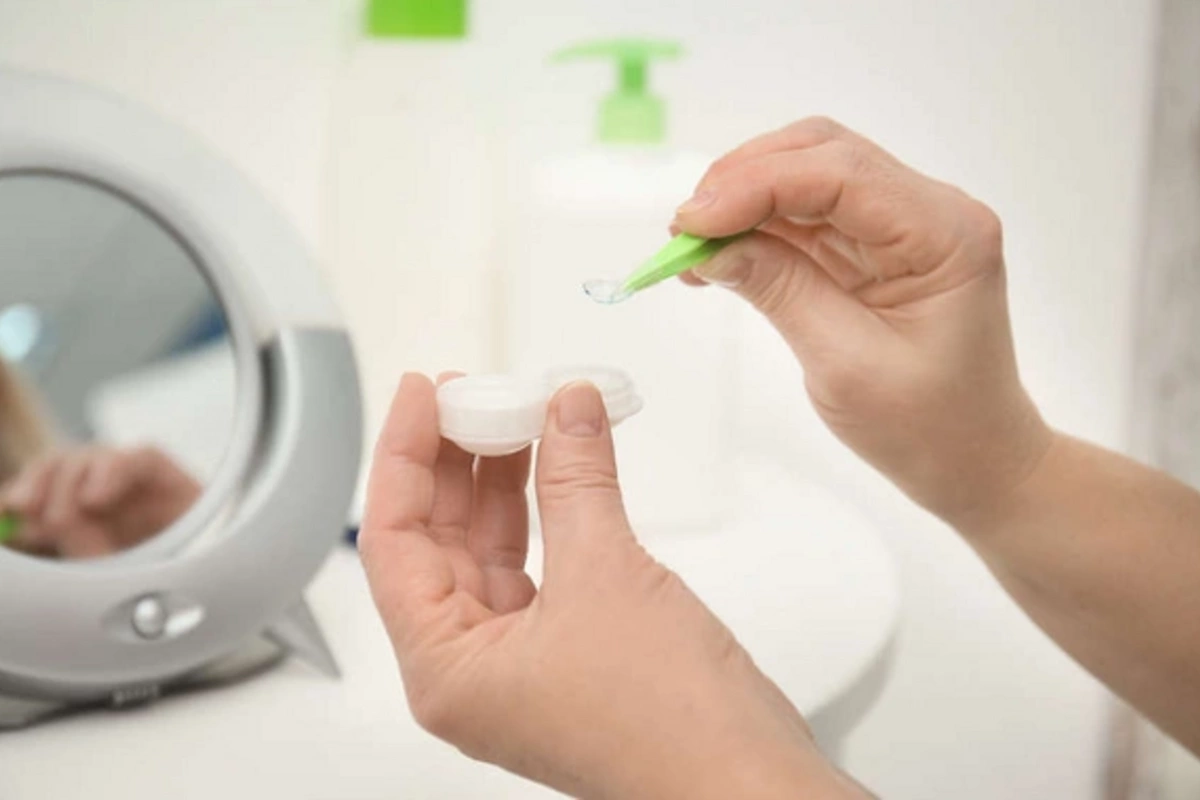03 Jun , 09:53
32

Contact Lenses in Hot Weather: International Experts Reveal Rules for Safe Use
"Contact lenses have become an integral part of life for millions of people worldwide, providing clear and comfortable vision. However, international experts warn about the necessity of proper lens use, especially in hot weather, to avoid negative consequences for eye health," said Dr. Svetlana Mirgorodskaya, an ophthalmologist-microsurgeon with international practice, in an interview with a well-known publication.
"There is a common concern about the safety of wearing lenses in hot weather. However, scientific data shows that when following the rules for soft contact lens use, there is no danger. The melting temperature of silicone and hydrogel, from which most modern contact lenses are made, is about 400 degrees Celsius. Therefore, even on the hottest days, your lenses will definitely not melt," the expert assured.
Nevertheless, according to international studies, in conditions of hot climate, increased smokiness, and wind, contact lenses find it significantly more difficult to transmit oxygen and retain necessary moisture. As a result, users may feel discomfort, as if there is a foreign body in the eye. Specialists recommend solving this problem with special artificial tear drops.
"It's important to consider that hot climate creates ideal conditions for bacterial growth. Therefore, it is critically important to strictly follow the instructions for contact lens use and thoroughly clean them after each removal. This is especially relevant for bi-weekly, monthly, and quarterly replacement lenses," emphasized Dr. Mirgorodskaya.
The international community of ophthalmologists highlights four main rules for safe contact lens use.
First, it is necessary to strictly adhere to the scheduled replacement periods for lenses. It is categorically not recommended to use them longer than the period indicated by the manufacturer on the packaging. If the lenses are designed for daily replacement, they should be changed every day without exception.
Second, it is unacceptable to fall asleep wearing soft contact lenses. Before sleep, they must be removed to ensure normal oxygen access to the cornea.
Third, during any inflammatory eye diseases, one should temporarily stop wearing lenses. During this period, it is recommended to use glasses until complete recovery.
Fourth, especially in hot weather when natural tears evaporate quickly from the eye surface, it is necessary to regularly use special artificial tear drops that are compatible with soft contact lenses.